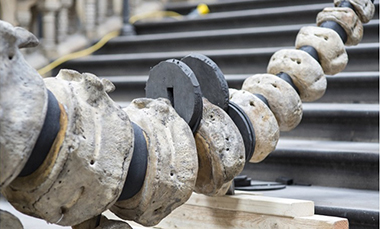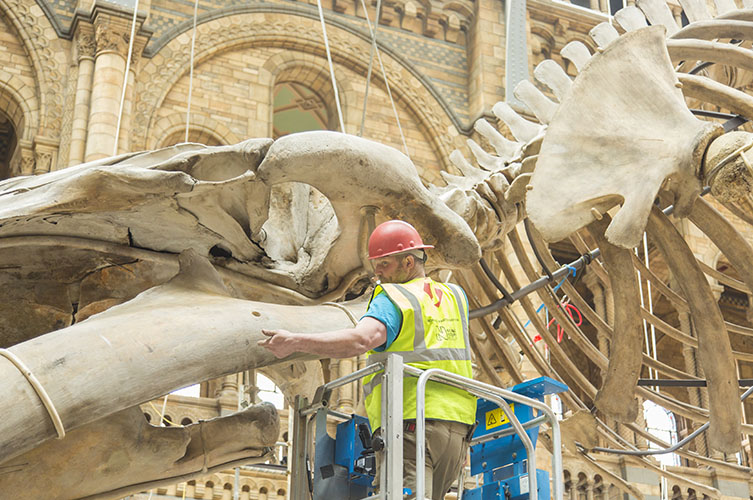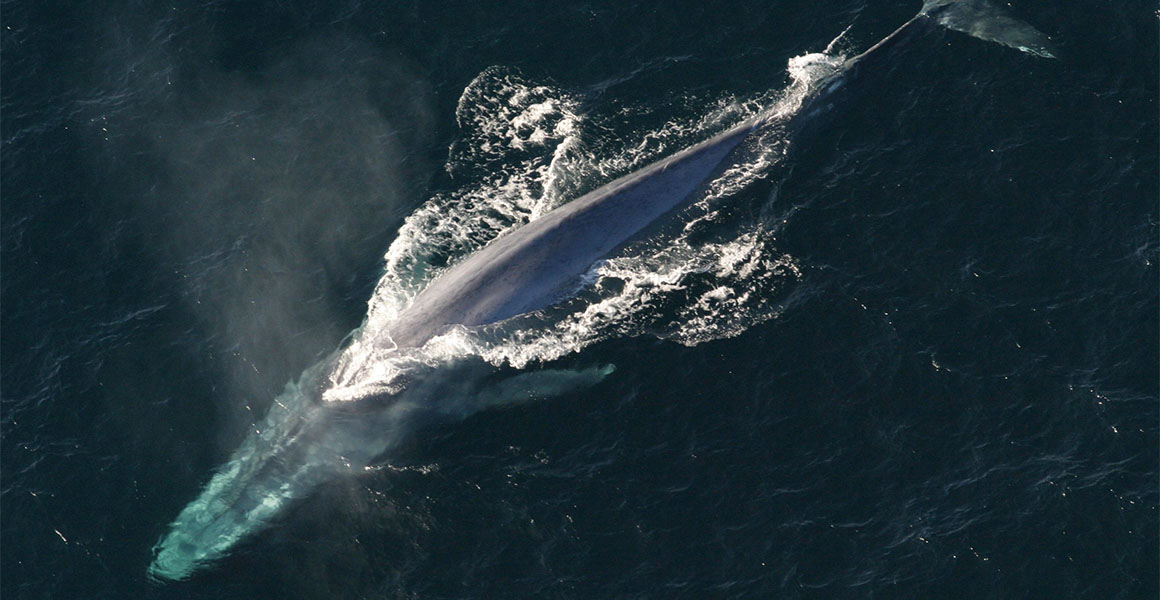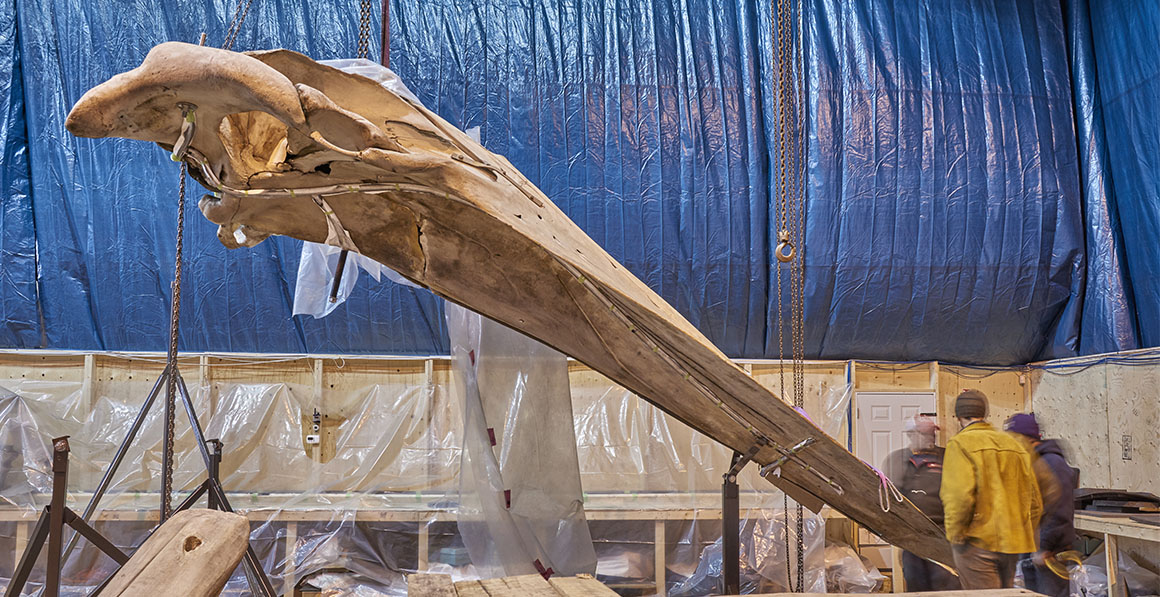Join Museum scientists as they reflect on becoming part of this specimen's giant story.
Since its arrival at the Museum in the 1880s, the blue whale skeleton has been part of an ever-expanding scientific collection.
The whale is the largest specimen in the Museum's collection of more than 80 million objects from around the globe.
And over the years the giant has claimed a special place in the hearts of curators, conservators and other Museum staff.
A piece of history
It took more than three years to prepare the blue whale for display in Hintze Hall. In that time, our experts unearthed dozens of stories about its history.
The tales that surfaced reflect the people who have been part of this extraordinary specimen's tale, from the men who killed the whale to conservators of the twentieth century.
We now know much more about the skeleton's journey from ocean to exhibit.
Watch members of the Museum's curation and conservation teams reveal whose signatures were found on the whale's bones and how current staff feel about their own roles in the specimen's big move.

Visit the blue whale
Walk beneath the largest animal ever to have lived.









Don't miss a thing
Receive email updates about our news, science, exhibitions, events, products, services and fundraising activities. We may occasionally include third-party content from our corporate partners and other museums. We will not share your personal details with these third parties. You must be over the age of 13. Privacy notice.
Follow us on social media